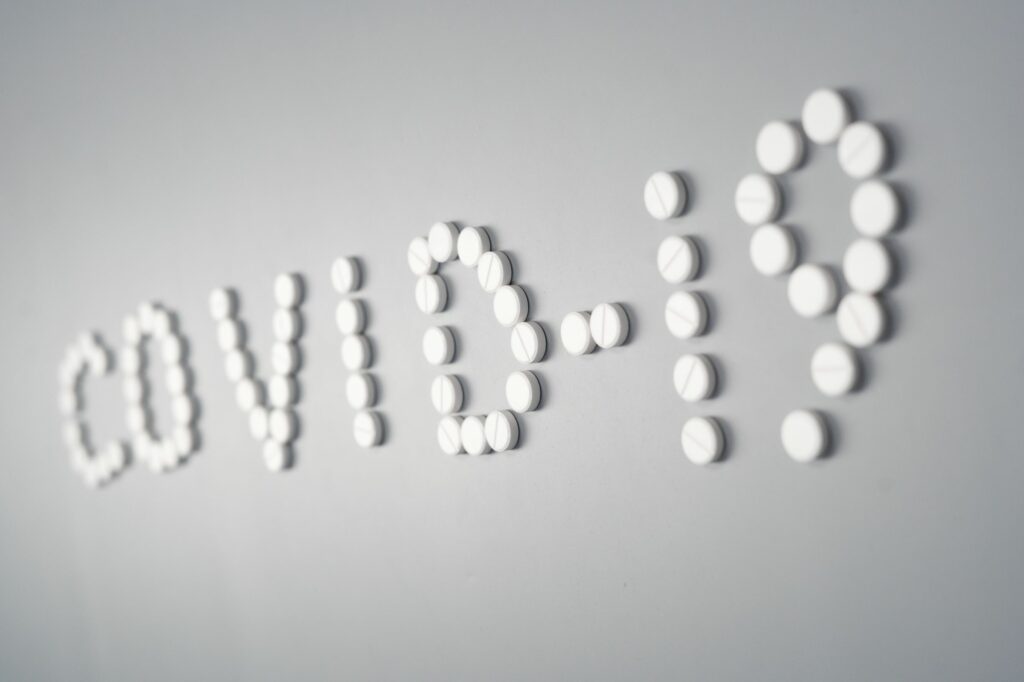Using opioids can be dangerous at any time, but it can be particularly hazardous during the COVID-19 pandemic. For one, COVID-19 and opioid use are a dangerous combination. Here’s why.
1. Opioids and COVID-19 affect breathing.
Opioids can slow breathing, which can decrease oxygen in the brain, increasing the risk of hypoxemia. Hypoxemia occurs when a person’s oxygen blood levels become dangerously low. A drop in oxygen can affect the brain, resulting in damage.
COVID-19 also affects the respiratory system, resulting in reduced lung capacity and the ability to take in air.
Having both COVID-19 and using opioids can affect a person’s breathing enough to lead to death.
2. Social distancing increases the risk of dying from an overdose.
Although social distancing is a useful measure in slowing the spread of COVID-19, it can have the opposite effect on those who struggle with substance use or psychological issues.
Social distancing can lead to loneliness and isolation. These feelings can cause a person to use drugs to escape from their reality. Unfortunately, loneliness and other pandemic-related stressors can increase intentional and accidental overdoses.
But looking for an escape isn’t the only harmful consequence that stemmed from social distancing. Isolating from others means people are more likely to use drugs alone, which increases their risk of dying from an overdose. One reason is there is no one around to call 911 if an emergency occurs. Nor is there anyone to administer naloxone, a medication used to reverse an opioid overdose rapidly.
3. There is less access to health care.
Less access to health care is another barrier that those with substance use disorder may face. Those with substance use issues may already be hesitant to seek treatment. Busy hospitals may affect their quality of care, reinforcing the negative associations they might have with the health care system.
Busy emergency rooms can also play a role in worsening the opioid epidemic. The emergency room is often the first point of contact for opioid overdoses. Those who survive an opioid overdose often enroll in a treatment program during their visit. Because hospitals are so busy, they may not have time to create a comprehensive follow-up plan to supplement their recovery.
4. Substance use increases the risk of homelessness.
Many people with substance use disorder are homeless. Increased job loss resulting from the pandemic has increased this number. Living on the streets or moving through temporary living arrangements puts people in contact with more people. This increases their risk of not only exposing themself to the disease, but it increases the likelihood they will spread it to others.
Using Opioids During the COVID-19 Pandemic
The COVID-19 pandemic has created a lot of stressors. More and more people are looking for an escape from their day-to-day struggles. For many, opioids provide this escape immediately. Unfortunately, the novel coronavirus puts substance users at a greater risk of experiencing the disease’s more harmful effects.


